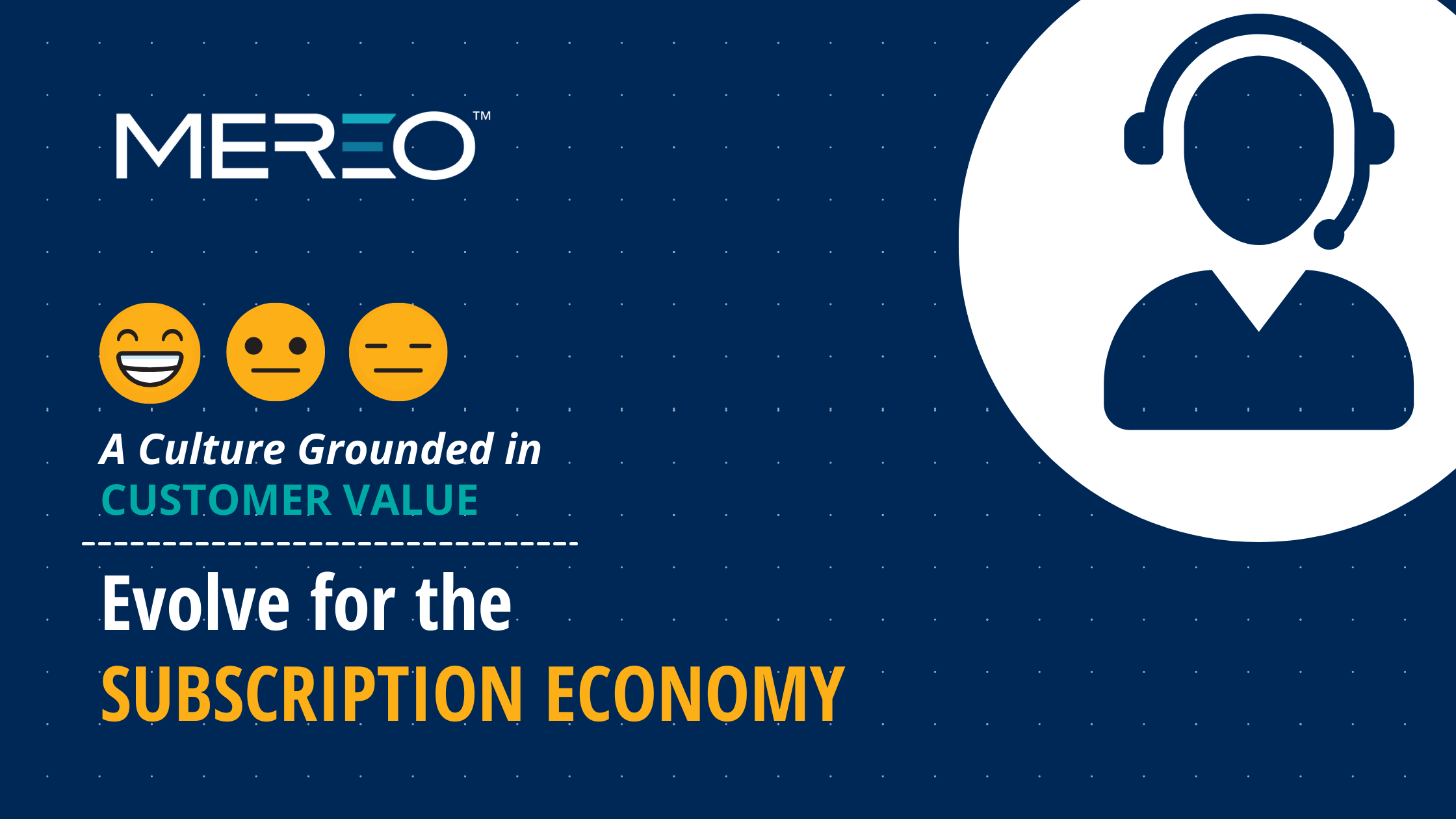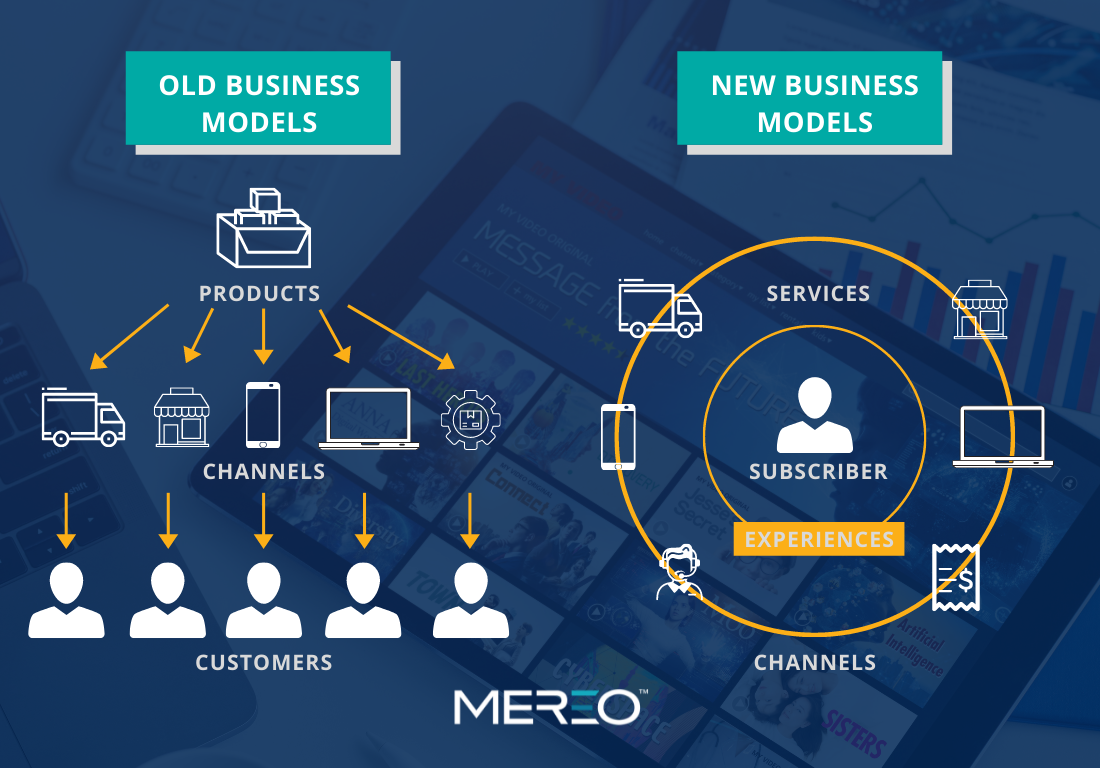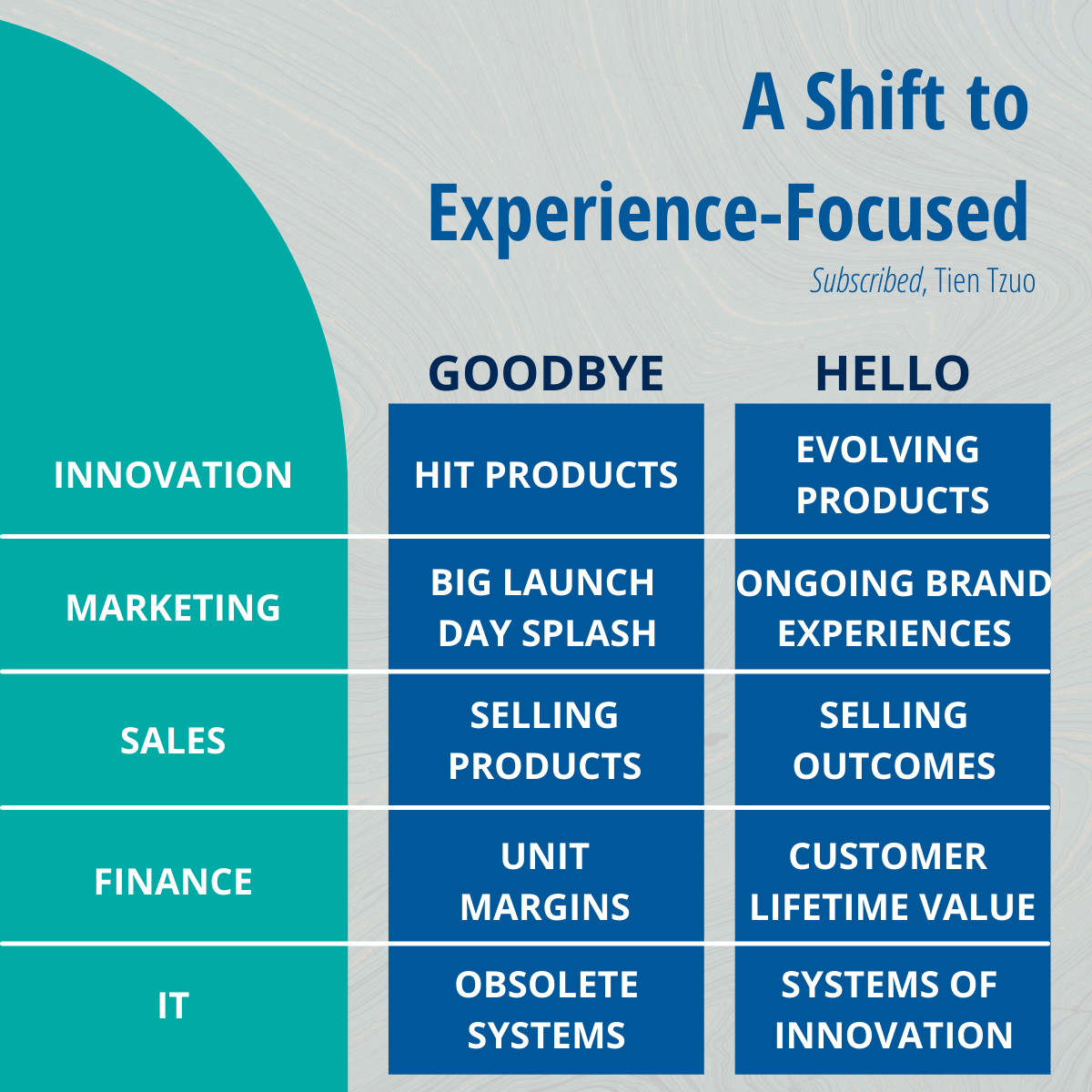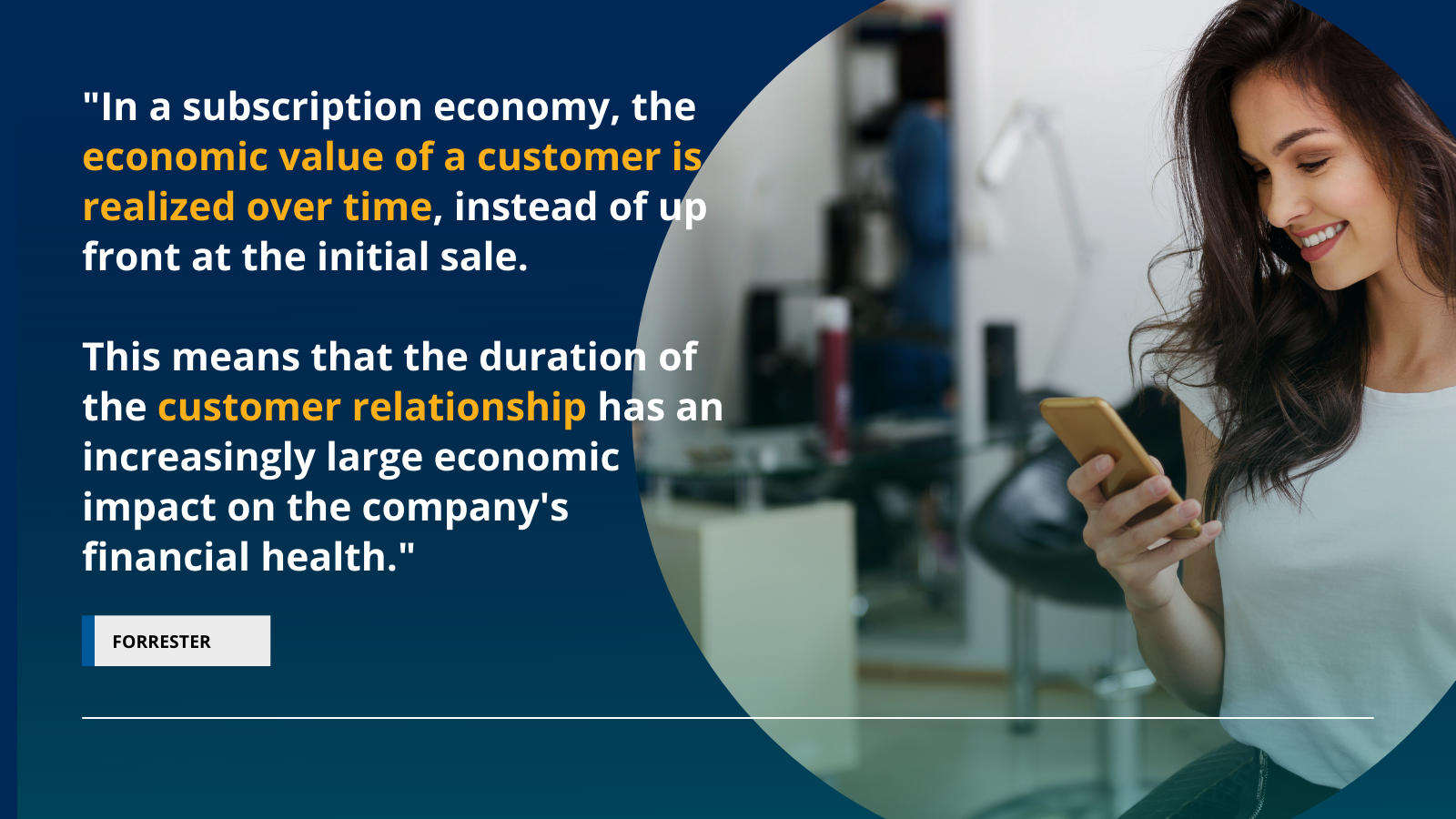Remember your first gaming console? For me it was PONG in the late 70s, followed by ATARI 2600 and a few different Nintendo consoles. I would save my money for the next big release and rush to the store to buy a game cartridge, and I would play it over and over until I mastered, completed or grew bored of the game.
Today games like Fortnite are free to acquire and they have no ending. They are continually updated offering new adventures, character skins and accessories that are within app purchases using V-bucks, the in-game currency that can be purchased with your real hard-earned money.
My nine-year-old son wears a “Will Work for V-Bucks” t-shirt, and he literally does work to raise money to buy the next weapon upgrade, to re-skin his character to LeBron James or Arianna Grande. He has subscribed to the Fortnite experience, and he is a repeat and happy buyer.
This experience generation compels us to think differently about our business and the culture needed to serve our customers’ evolving desires. Be proactive and embrace the subscription economy culture now.
A Greater Need to Seek to Serve™
The success of any company switching to a subscription business model hinges on enabling and ensuring customers continue to succeed with a service over time. This is the epitome of Seek to Serve™ and more vital than ever in the subscription economy. It requires more than a business model shift — it requires a complete corporate culture evolution.
It is critical that you evolve your way to thinking. With subscription-based service offerings the barriers to switching are often very low. To grow you must acquire new customers while, more importantly, retaining the ones you already have.
What happens if you do not meet these high expectations? 78% of customers will back out of a purchase due to a poor customer experience and directly put money in the pocket of competitors. Growth for subscription companies comes mostly from current customers. According to McKinsey, if you are not growing at 20% annually as a subscription business, you face a 92% chance of failure.
Yet business cultures cannot change overnight. They take leadership modeling, dedication, adoption and reinforcement. By understanding the core differences in mindset and responsibilities of a subscription business model from those of the past, your teams can come closer to adopting a business culture that will tap into the power of long-term customers.
Subscribe to a culture change to drive your sustainable revenue performance by reading on.
New Subscription Business Model to Inform New Culture
The modern subscription economy business model differs greatly from the software industry of old. Forget about your product or code. This new business model puts your customer at the center of your business and requires building experiences that they continue to help shape. Subscription models are based in value to the customer.
Who delivers that value? Who helps build experiences informed by the customers themselves? Everyone at your organization. This is not just the onus of your customer service or customer success teams. Everyone from front-line sellers to marketing professionals to solution management teams must contribute to building and protecting customer relationships.
Today’s subscription economy culture requires companies to ask and act upon:
- What do we need to do to build long-term relationships with our customers?
- How do we shift the focus to outcomes versus ownership?
- How do we invent new business models that derive more value from our products in the form of subscription services, and thus generate more recurring revenue for the business?
A Shift to Experience-Focused Over Product-Focused
By answering the questions above and integrating the core outcomes into your company culture, your company will start shifting from product-focused to experience-focused.
This requires an organization to change its approach across how it innovates, markets, sells, measures and operates.
Why does this all this matter? Because subscriptions are about the relationship and the value that comes with that relationship over time.
Being successful in this new economy requires that companies actively manage their customers during their engagement relationship to ensure that they are realizing the economic value of their purchase. Why? Because if they do not see the value, customers churn — leaving your service and go somewhere else. Long-term customers, now more than ever, are of the utmost importance to your business.
Embrace the Seek to Serve™ Subscription Culture
So how do you know if you are succeeding in the shift to subscription? As with any business, it is the realization of value creation. According to a recent McKinsey study, of the 20 most used operational metrics for subscription-based software companies, only four metrics had a high correlation to enterprise value/revenue multiples:
- Annual Recurring Revenue Growth (Revenue/ARR) – reflects the company’s ability to drive topline growth
- Net Retention Rate (NRR) – shows how effective the company is at driving growth in its existing base while keeping churn low
- Last Twelve Months (LTM) median payback period – reveals how successful a company is at generating returns on its sales and marketing investment and scaling them as the business grows
- LTM Free Cash Flow Percentage (FCF)- measures FCF as a percent of revenue and is used by industry watchers to determine value multiples
Embrace a culture of service now to elevate your subscription business model. Contact us for support. And download the free Complete Sales Organization Guide to Seek to Serve, Not to Sell™ today.



